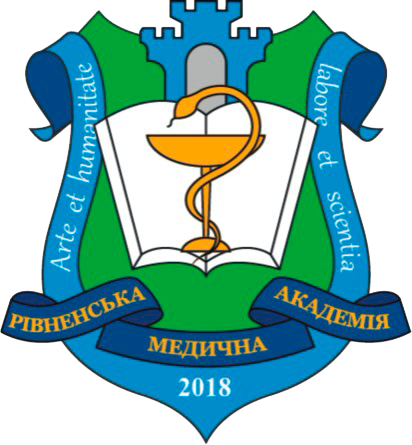EFFECT OF A NEW PHYTOCOMPOSITION ON THE FORMATION OF ENDOTHELIAL DYSFUNCTION AND GLUCOSE HOMEOSTASIS IN RATS IN EXPERIMENTAL INSULIN RESISTANCE
DOI:
https://doi.org/10.32782/health-2024.3.8Keywords:
insulin resistance, endothelial dysfunction, cranberries, amino acidsAbstract
Ukrainian endocrinologists note that Ukraine is among the countries with the highest incidence of diabetes mellitus, with type 1 diabetes mellitus affecting about 10 % of patients and the remaining 90 % of individuals having type 2 diabetes mellitus. The development of complications is closely related to the main factors of type 2 diabetes mellitus: such as hyperglycemia, insulin resistance and oxidative stress. The leading role in the pathogenesis of vascular complications is played by endothelial dysfunction – endothelial dysfunction. Currently, there is no undoubted evidence of the effectiveness of most groups of oral antidiabetic agents in reducing the risk of diabetic macro- and microangiopathies, in addition, many of them have undesirable side effects and reduced therapeutic activity with prolonged use. This indicates the relevance of searching and expanding the nomenclature of new antidiabetic agents, which would be characterized by high antihyperglycemic properties and preventive effect on complications. The effect of a new phytocomposition based on the polyphenolic extract of cranberry leaves and amino acids (L arginine, taurine, glycine) on the formation of endothelial dysfunction and the state of glucose homeostasis in rats with experimental insulin resistance was studied. On the model of insulin resistance induced by dexamethasone it was established that phytocomposition in the dose of 100 mg/kg has a pronounced antihyperglycemic effect, which is realized, according to the results obtained, due to its ability to improve the sensitivity of peripheral tissues to the action of insulin, and thus, to reduce the manifestations of insulin resistance. Application of phytocomposition in an effective therapeutic dose reduced endothelial dysfunction, which was confirmed by a decrease in the content of NO and citrulline and an increase in the concentration of arginine. The obtained results substantiate the expediency of further study of the new phytocomposition as a promising drug for correction of insulinresistant states with effective restoration of endothelial function and slowing the progression of the disease.
References
Kozak B. M. International Diabetes Federation (IDF) highlights growing global impact of diabetes in 5th edition of the Diabetes Atlas. Journal of Diabetes. 2012. Vol. 4. Р. 8–17.
Bloomgarden Z.J. Diabetes and branched-chain amino acids: What is the link? Diabetes. 2018. № 10 (5). Р. 350–352. Doi: 10.1111/1753-0407.12645.
Adeva-Andany M., Souto-Adeva G., Ameneiros-Rodríguez E. Insulin resistance and glycine metabolism in humans. Amino Acids. 2018. 50 (1). Р. 11–27. Doi: 10.1007/s00726-017-2508-0.
Kanat, M. Treatment of prediabetes. Diabetes. 2015. Vol.6, № 12. Р. 1207–1222.
Вавілова Л. Л., Крячок Т. А., Талаєва Т. В. Моделювання інсулінорезистентності та комплексу метаболічних порушень за допомогою дексаметазону. Фізіологічний журнал. 2009. Т. 55, № 3. С. 56–58.
Доклінічні дослідження лікарських засобів: метод. рекомендації / [за ред.: член-кор. АМН України О. В. Стефанова]. Київ : Авіцена, 2001 р. С. 398–400.
Matthews D. R., Hosker J. P., Rudenski A. S. Homeostasis model assessment: insulin resistance and b-cell function from fasting plasma glucose and insulin concentrations in man. Diabetologia. 1985. Vol. 28, № 3. Р. 412–419.
Belenichev I.F., Gorbacheva S.V., Bukhtiyarova N.V. The Thiol-Disulfide Balance and the Nitric Oxide System in the Brain Tissue of Rats Subjected to Experimental Acute Impairment of Cerebral Blood Flow: The Therapeutic Effects of Nootropic Drugs. Neurochemical Journal. 2014. Vol. 8, № 1. P. 24–27.





